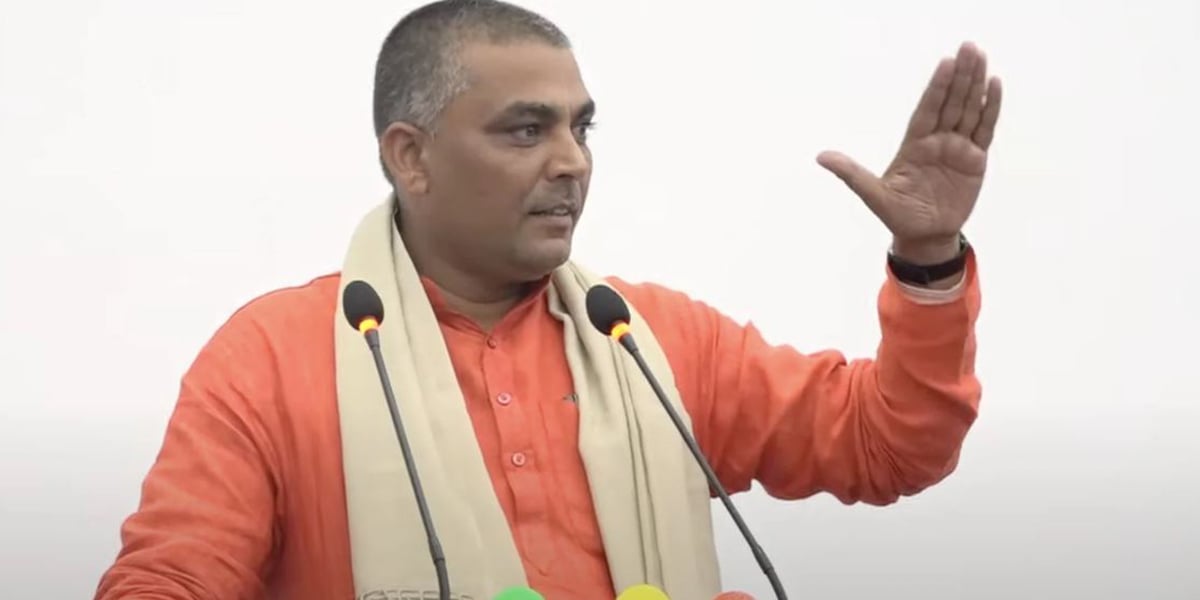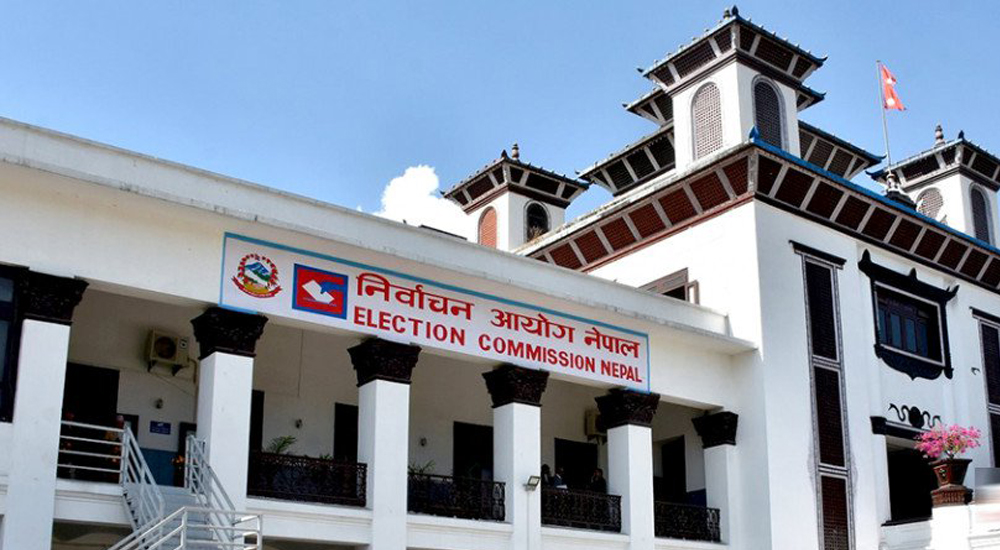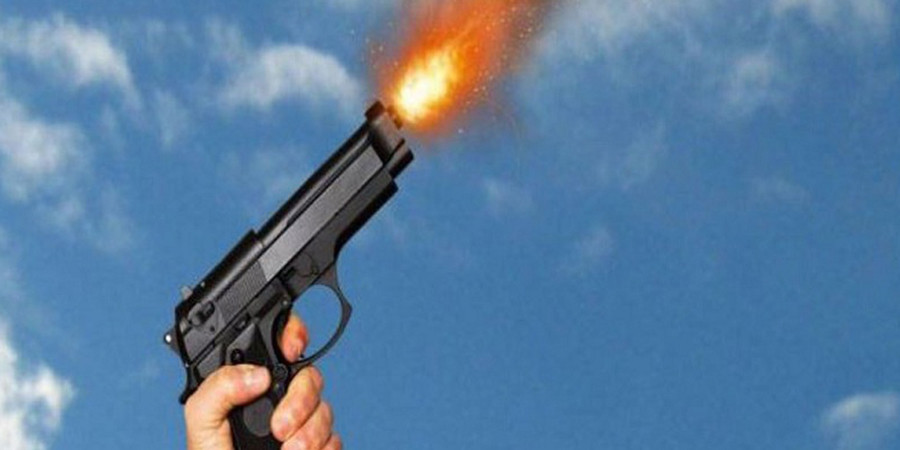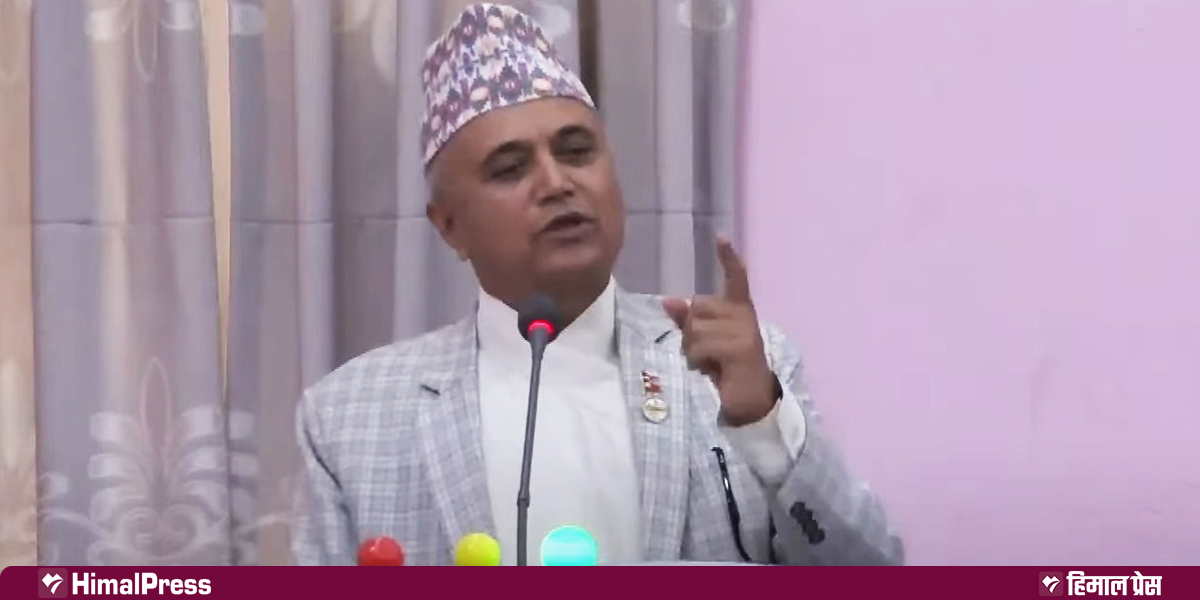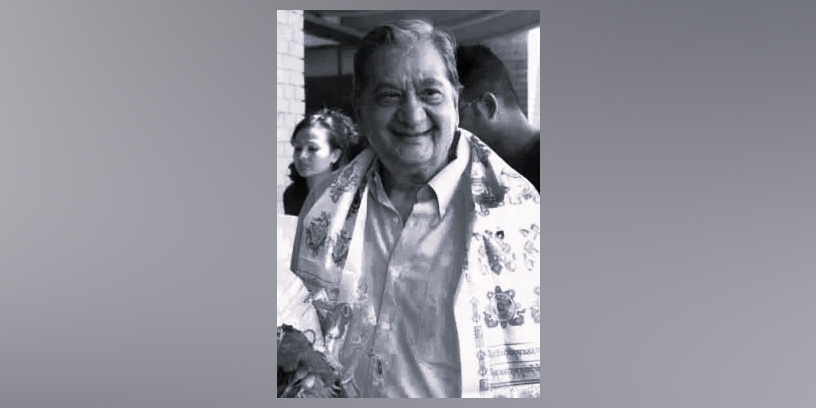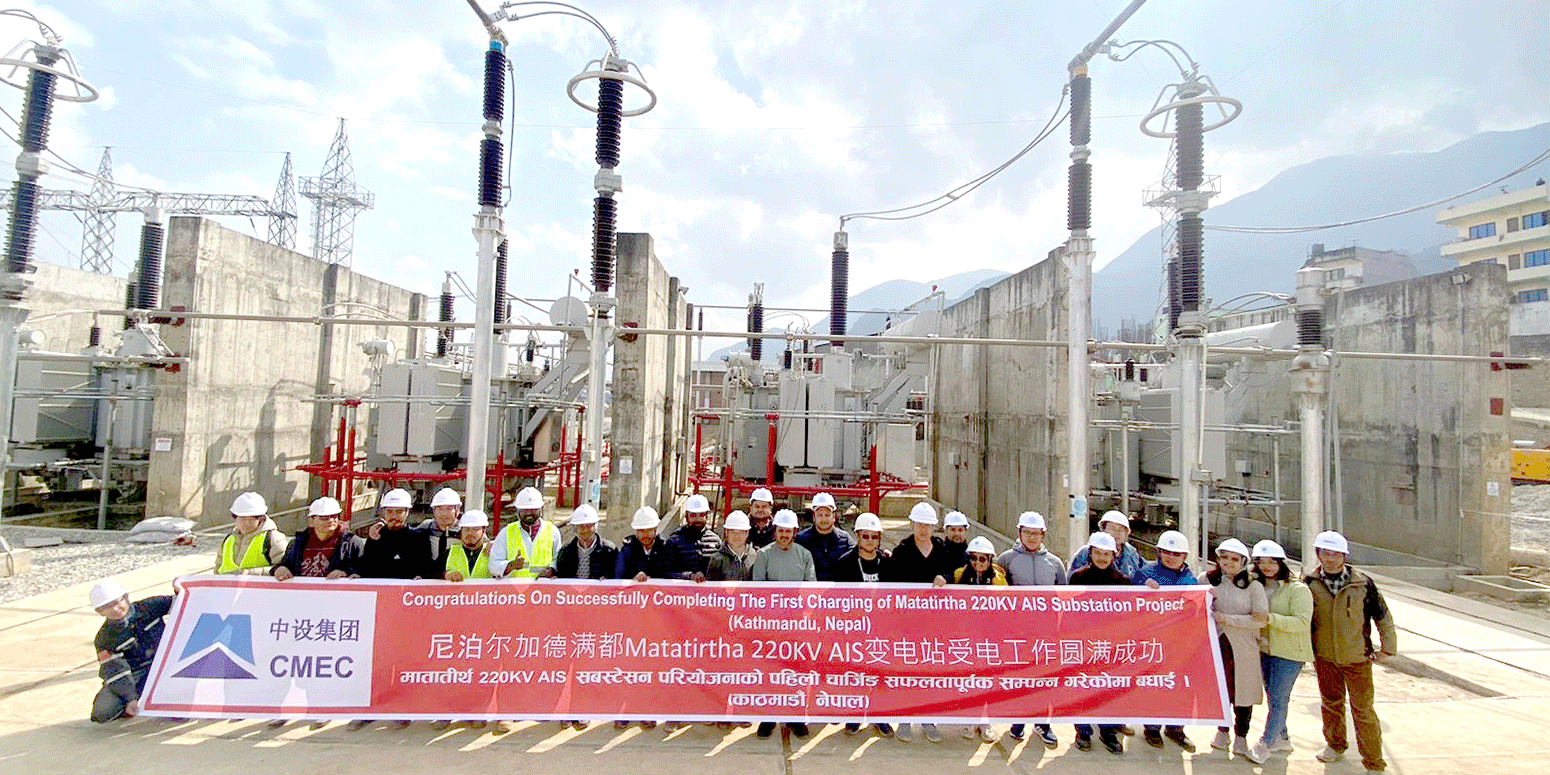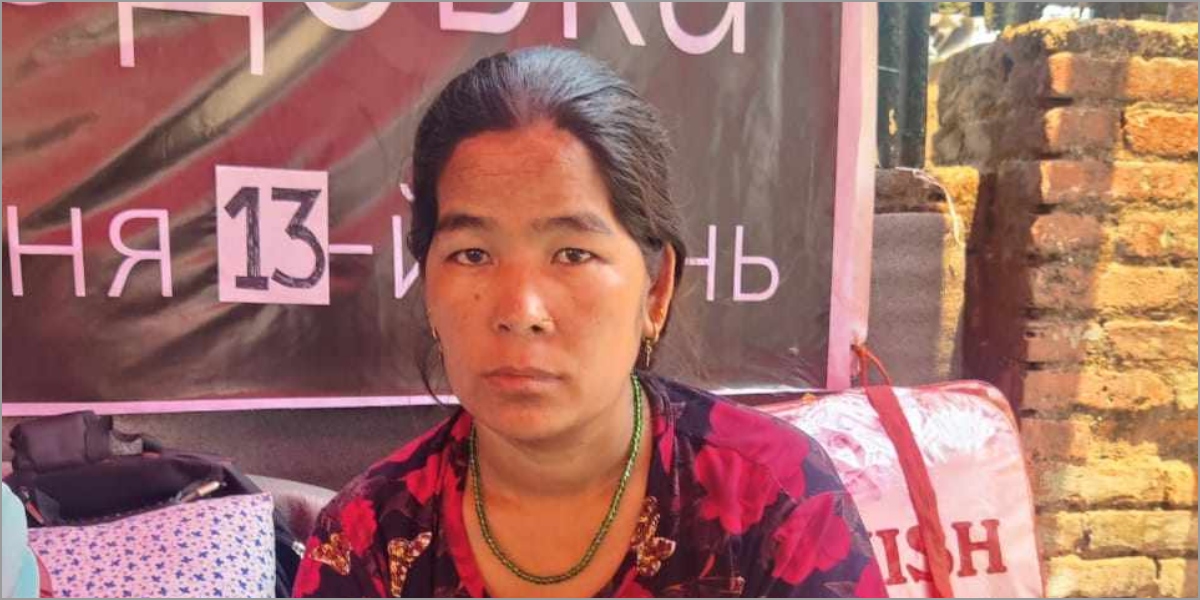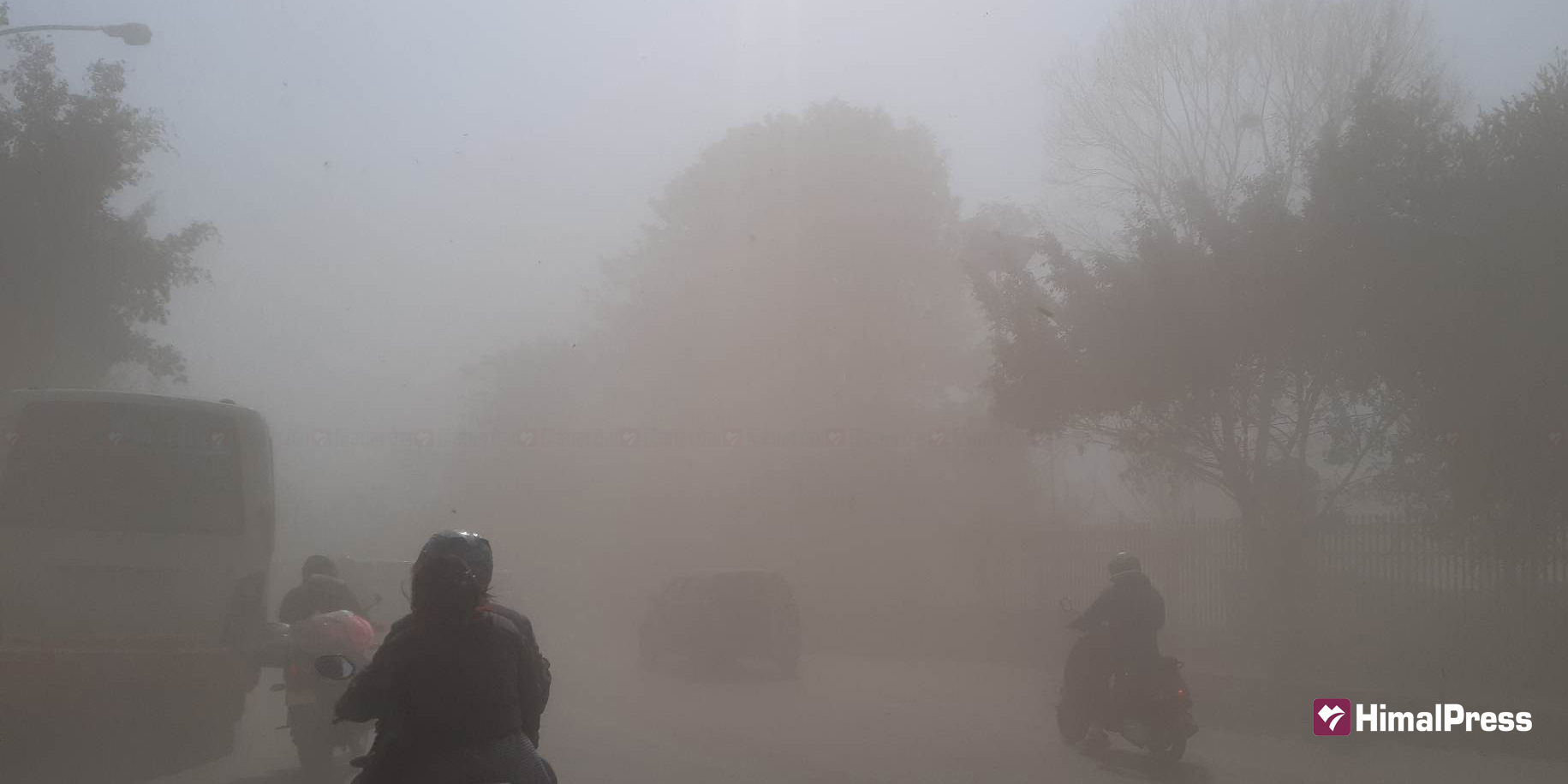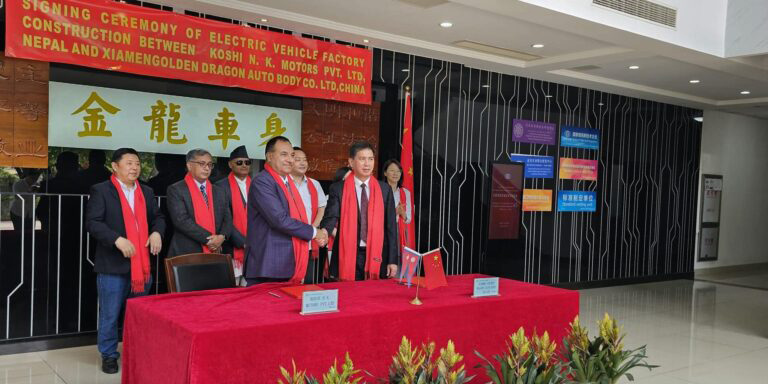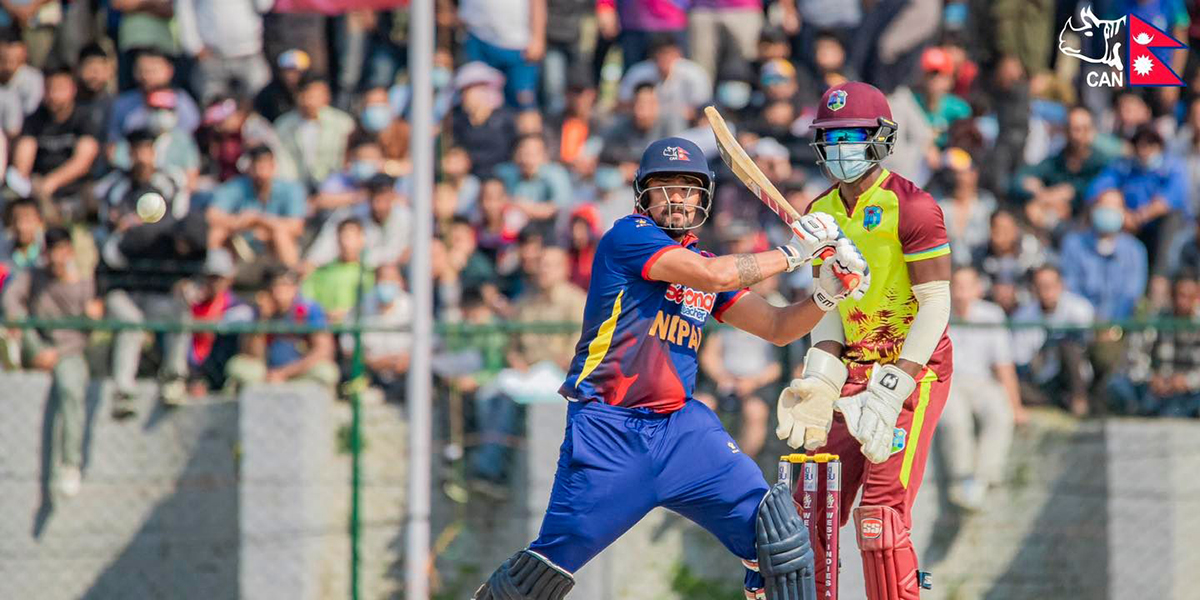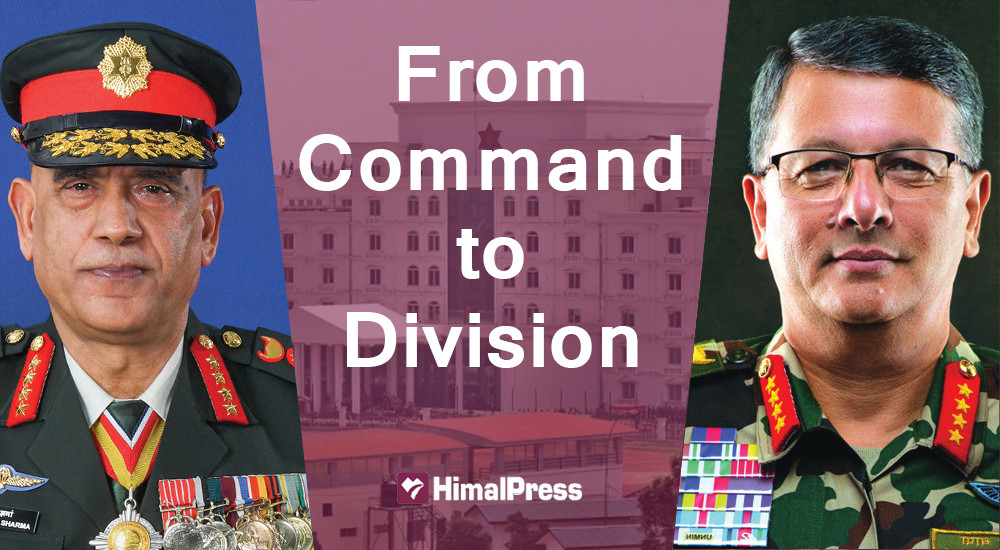
KATHMANDU: Nepal Army has reverted to the division structure stating that the new 3+1 command system is ‘impractical’ given Nepal’s difficult geography and the country’s government system. It, however, hasn’t abandoned the command structure fully.
Though it was said that the command structure is appropriate for Nepal, the army decided to move ahead with the division strucutre saying that it would be expensive to align the command structure as per the country’s federal structure.
The decision means Nepal Army will now have eight divisions like in the past – eastern, mid-eastern, central, western, mid-western, north-western, far-western and valley. NA had restructured itself, forming eight divisions after the country adopted the federal system. However, it had switched to the command sturcutre in just one and half years forming four commands, eastern, central, western and valley. The commands were created based on the country’s three river systems – Koshi, Gandaki and Karnali.
Former COAS Purna Chandra Thapa introduced command structure in the army. He introduced the concept right after he was appointed the chief of the Nepal Army. However, the army could make a switch to the new structure only when Thapa was nearing his retirement.
When the command structure was formally introduced in mid-July, COAS Prabhu Ram Sharma, who was lieutenant general at that time, reportedly said the command structure could be expensive to implement. He was of the view that problems could arise if the command structure is implemented. However, then CoAS Thapa didn’t entertain the suggestion and moved ahead with its implementation.
CoAS Sharma has not scrapped the structure implemented by his predecessor.
The cabinet meeting held on September 6 gave the army the go-ahead to revert to the division system.
According to Sharma, as the old structure is expensive and difficult to implement at the lower levels, the army is focused on coordinating with the province governments and security agencies during the election by reverting to the old structure. “We are making the old divisions active by keeping the command system untouched. All our structures under the division system are intact,” COAS Sharma told Himal Press, adding that the division system facilitates cooperation with the province governments.
“As the cost of implementing the command structure is high and the system is complex for coordination during the elections, it has been decided to keep this structure at the headquarters and work as per the division system. We have already received permission from the government for the same.”
The cabinet meeting held on September 6 gave the army the go-ahead to revert to the division system.
Not only Sharma, most of the sitting and former generals had also suggested that the army revert to the old structure stating that the command structure is expensive to implement. Even though the army had already adopted the commend system, it has decided to revert to the division structure based on the feedback and suggestions from all parties.
Stating that countries like the US, Israel, Pakistan and many European countries are practicing the command structure, some generals, however, have criticized the decision.
Former COAS Thapa had enforced the 3+1 command system even without amending the Military Act. Even before the act was amended, he implemented the command structure citing military requirements and justifications.
“We had implemented the command structure with a good intention for the upgradation and facilitation of the army. It was implemented after a long discussion based on analytical studies that the command structure is suitable for the army with 100,000 personnel, former CoAS Thapa told Himal Press. “Now, I have heard that the army is reverting to the old structure. I can tell more only after studying the matter.”
The government advised the army leadership to revert to the old structure as about one billion rupees would be needed to build barracks and buy weapons to restructure the army as per the command structure.
“Maybe the army leadership has decided to keep the structure on hold due to election or other reasons as the command structure was yet to come into full implementation. Otherwise, the command structure is the need of the hour,” CoAS Thapa said, adding: “I don’t think it has been termed ‘inappropriate’. Sooner or later we will have to go for the command structure.”
The government advised the army leadership to revert to the old structure as about one billion rupees would be needed to build barracks and buy weapons to restructure the army as per the command structure. The matter was discussed even in the meeting of the chiefs of the commands.
Former Brigadier General Dr Prem Singh Basnyat said the command structure couldn’t be implemented because of the high costs involved. “There is a trial period for every plan. It was the same for the command structure,” he said, adding: “The outgoing CoAS brought it with a good intention. The incumbent CoAS was on his team. It was implemented after long discussions. But we had advised this situation could come.”
A former CoAS, who preferred anonymity, said everybody supported former CoAS Thapa to escape his wrath. “Nobody can oppose the plan of then CoAS outright. Everybody said yes without studying the gravity of the situation. But everybody knew this day would come,” the former COAS said. “Now the army has reverted to the old structure. It is good that we found the negative side of the command structure very early.”
Another former general said: “Why would there be so much opposition if it had been accepted by all in a true sense?”
After the implementation of the new structure, the army could not work in coordination with all the province governments. After all levels showed their dissatisfaction, CoAS Sharma decided to revert to the old structure putting the new strucutre on hold so that it can be adopted after needful resources are assured by the government.
Further, the command structure didn’t recognize army units like Corps, Division, Brigade, Battalion etc mentioned in Army Act, 2006. Army officials say all these matters have to be taken care of first to implement the command structure.
Army generals say the decision to revert to division structure will end practical difficulties for them. Former generals too are saying the same. Former Major General Binoj Basnet said he repeatedly told the army leadership that a long preparation was needed to switch to the command structure. “We have told the leadership ‘command system is good.. but we need to see whether it will work for us in practice given our budget and geographical difficulties’,” He added.
It is not that the present leadership has scrapped the command structure altogether. It is only keeping the command structure on hold, citing a lack of budget and practical difficulties. The army too didn’t have any other alternatives but to revert to the old structure to transform the army as per the constitution and the federal setup.
CoAS Sharma too has said the command structure has been put on hold to address difficulties seen in coordination for election and better cooperation with province governments. He had clearly specified these reasons while sending the proposal to the cabinet.
The army chief had also discussed the matter with his predecessor.
The Nepal Army has already begun needful work to revert to the division structure. Major General Sagar Bahadur Thapa has already issued circulars to army units across the country, informing them about the decision. The circular states that the posts and ranks in division, brigade and battalion will be the same before the organizational restructuring of the army a year ago.
Regular tweaking of the structure could invite government intervention in the army like in the Nepal Police and the Armed Police Force.
While leaving his office last year, then CoAS Sharma had said that the command structure would be fully implemented in three years. It was termed an ambitious project of the army. But the government won’t have allocated such a huge budget even if former CoAS Thapa was at the office of the Nepal Army. He too would have been forced to revert to the division structure.
Regular tweaking of the structure could invite government intervention in the army like in the Nepal Police and the Armed Police Force. Only the future will tell how much concerned the army leadership is toward this. The army should be able to say ‘no’ to political leaders on specific issues. The army also should take decisions that are sustainable.


